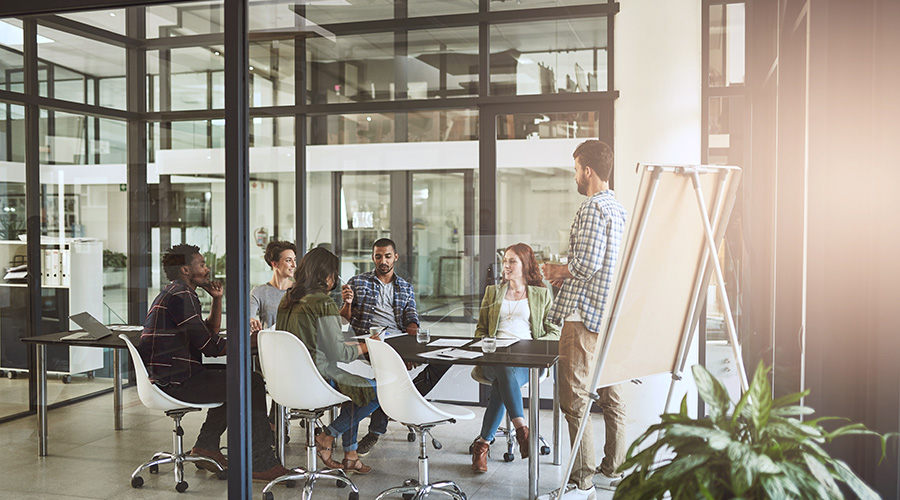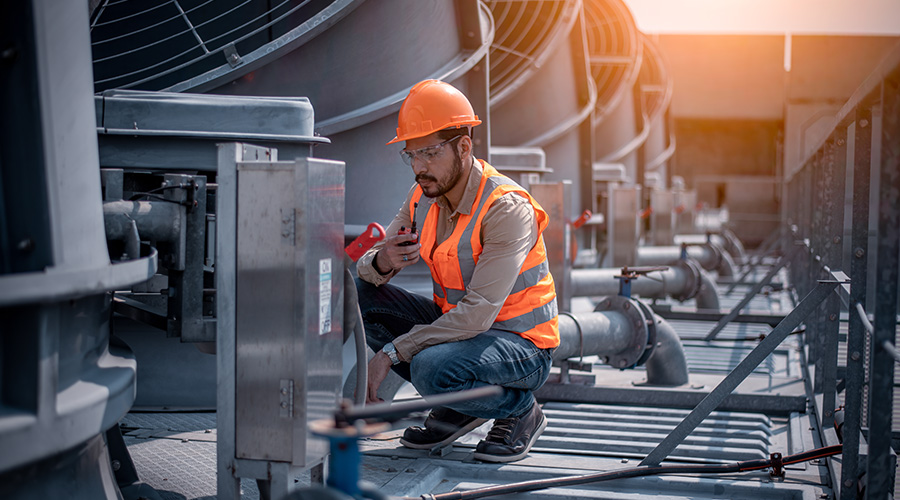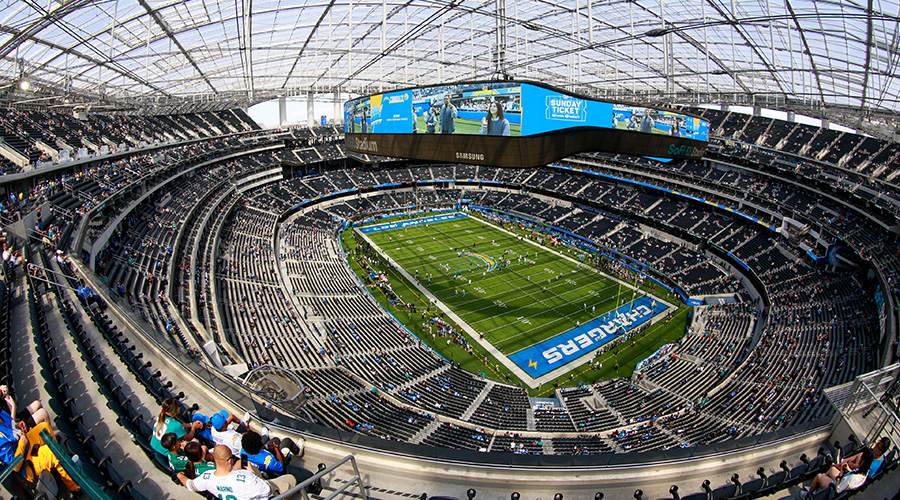
These Amenities Will Get Employees Back to the Office
Giving occupants flexibility with workspaces and providing wellness-focused amenities are proven strategies. November 21, 2024
By Jeff Wardon, Jr., Assistant Editor
Drawing occupants back into the office space is a lingering challenge many facilities managers and organizations still wrestle with. However, changing the approach from mandating occupants’ return to enticing them back with wellness-focused amenities could turn the tide.
To learn more about this strategy, Alana Dunoff, strategic facility planner at AFD Professional Services, LLC, will present the session “Coffee and Culture. And Other Things That Matter In Today's Workplace” at NFMT 2025 in Baltimore, from March 25 to 27, 2025.
FacilitiesNet: Can you share some of the amenities or services that have proven most effective in enhancing the in-office experience, especially for hybrid or flexible work arrangements?
Alana Dunoff: It's about flexibility and adaptability of spaces and having a variety of spaces. Some people might call it an activity-based space concept, where you're really thinking about different kinds of activities. So those kinds of amenities will and do attract people back to the office.
Now to acknowledge the reasons why people come into the office, some people actually come to the office to be alone, because being at home is not a successful place for them to work. This means that the office has to have a lot of different types of activity spaces. It needs to have quiet spaces where you can work and be left alone, to think and to concentrate.
However, for groups of people to come together which might be two people who then are virtually engaging with a couple other people. You don't want a big conference room for that. A lot of companies had conference rooms for eight to 12 people. If you do some kind of virtual meeting in that space with one or two people on screen, the room feels really big. So having smaller spaces where you can have those conversations makes them feel more intimate, versus having a giant desk in front of you or a long conference table in space.
It's having spaces that are scheduled spaces and then also having a variety of unscheduled spaces. Variety matters when you have people coming for different reasons. We should have always had these kinds of spaces, but even more so now when we realize why people come to the office can be very varied. We want to have that flexibility of space.
FacilitiesNet: What lessons have you learned from your strategic campus planning efforts about the types of spaces, like wellness areas or collaboration zones, that have the most impact on employee satisfaction?
Dunoff: I've learned a couple things along the way, both in the past couple years and in my 30 years of doing this work. One of the things that surprised me most was how much coffee matters. So coffee is really important and and it's more than just having a good cup of coffee. This is mainly because I don't think it's necessarily about having the best cup of coffee, but I think that having access to coffee is really about an engaging moment.
When you're stuck on something, or you need a break and you go get a cup of coffee, it's a getting up and moving moment that allows you to talk to someone you haven't caught up with for a while. That coffee matters, not just because people need their caffeine, but because it's an opportunity to connect in that impromptu moment, that has a lot of value.
The other thing I’ve been thinking about is creating our wellness spaces, and certainly we are seeing a trend around wellness spaces. What that means is places where people have a moment to take a break or a moment to engage at a different level. I think sometimes organizations think they don't want to become a Google-style office. It's not about having, ping pong tables and big kinds of things like that. Wellness spaces are about a moment to catch your breath and think a little bit differently.
There's a ton of great research that talks about the psychology of why it's so important to let your brain take a break. So, if you're stuck on a problem and you have another place you can go to take a walk and get that cup of coffee, run into someone or be in a different environment, your brain starts to work a little bit differently. Some of the things that I've been exploring with my clients are things like putting a puzzle out on a space, or having giant Tic Tac Toe boards near where the coffee is. That’s so if you run into someone, you maybe play a quick game of tic tac toe. In that break moment, your brain keeps working on the problem you're trying to solve and gains a fresh perspective to then go back to work.
Wellness spaces also include meditation spaces, prayer spaces, places where people go to have a real quiet moment. So, I think it's thinking about what those things look like and finding the right balance for those kinds of spaces. I know a couple companies that have put in little putting greens as a way to get people to play a little bit. I mean, golf has always been a place where people go out with a client or colleagues and sometimes solve problems or get new ideas on the golf course. It's the same idea with the little putting greens. We can bring those things into the office environment and allow people to take those breaks. In fact, a 10-minute mental health break will actually allow you to be more productive going forward for the rest of the day. So those are some of the advantages of those wellness spaces and collaborative spaces.
The last thing is that I've been really thinking about are engaged spaces where you can create some spaces that allow people to sit down and work. They can also allow for a larger group to come together, and maybe have places for people to eat, because a lot of people bring food in if there's a cafeteria. So that's one thing, but not every organization has that. One thing also is to have a have a policy of not eating at your desk. This sort of forces people to get up, move and go be with other people, particularly in that hybrid environment where you were coming in to work but you sit at your desk to eat lunch.
Well, why'd you come in? What's the point? So, instituting policy like you can’t eat at your desk, and you can say it's a facilities issue, so you don’t have bugs or rodents. You must eat somewhere else instead. However, the byproduct of that is an engaging moment that allows people to connect. I think since that's why people come in, we must create spaces and places that allow for that impromptu conversation, so people do feel a sense of connection.
My hypothesis around that is that you create those kinds of spaces that people coming into the office might not be as hesitant to come in the next time. Creating ways to organically bring them back to where they might be like this is kind of fun and maybe they’ll come back to the office again.
To learn effective strategies to entice occupants back into the office, be sure to check out Dunoff’s session at NFMT 2025 this March. Register for NFMT here.
Jeff Wardon, Jr., is the assistant editor for the facilities market.
Next
Read next on FacilitiesNet












